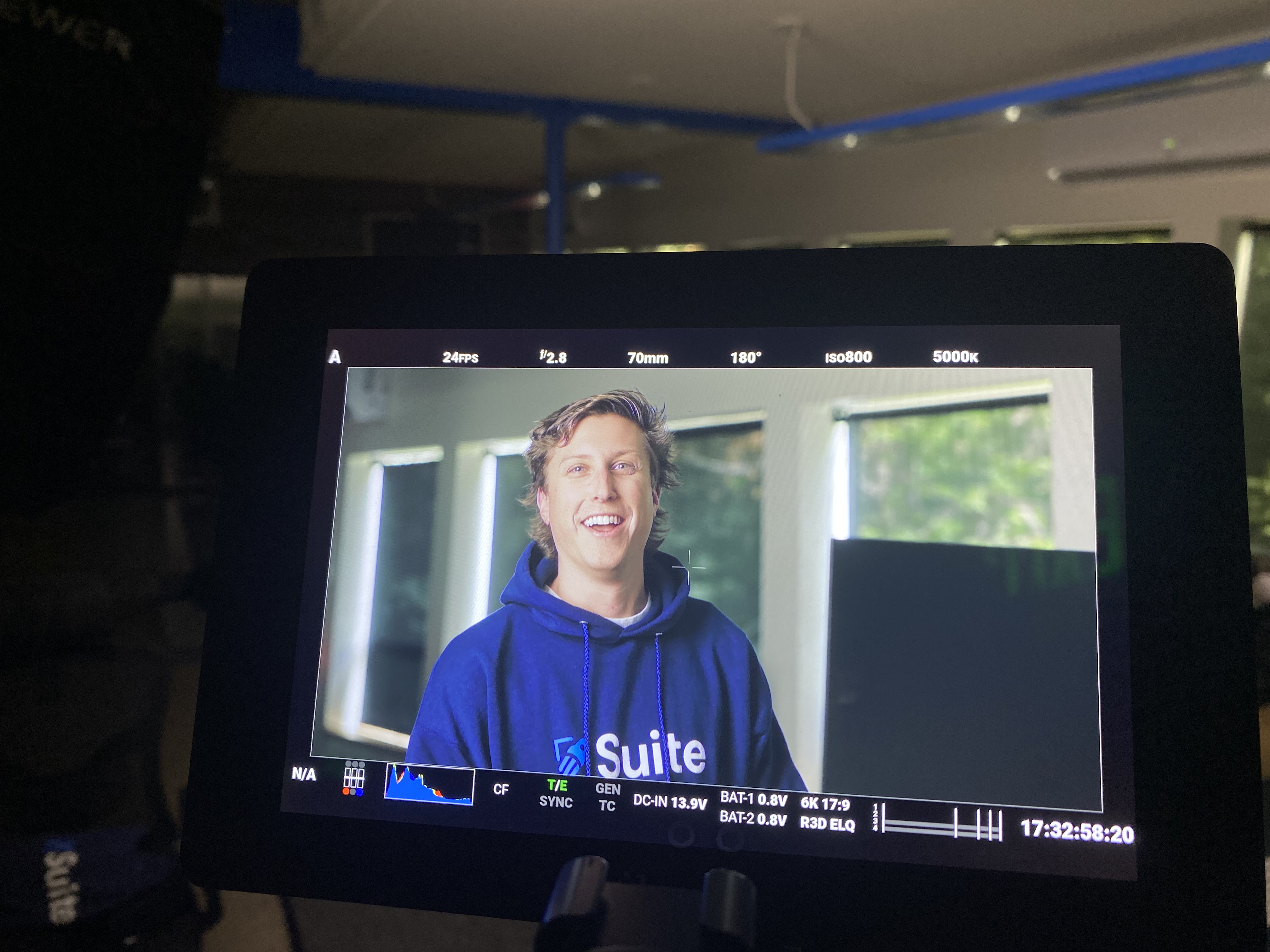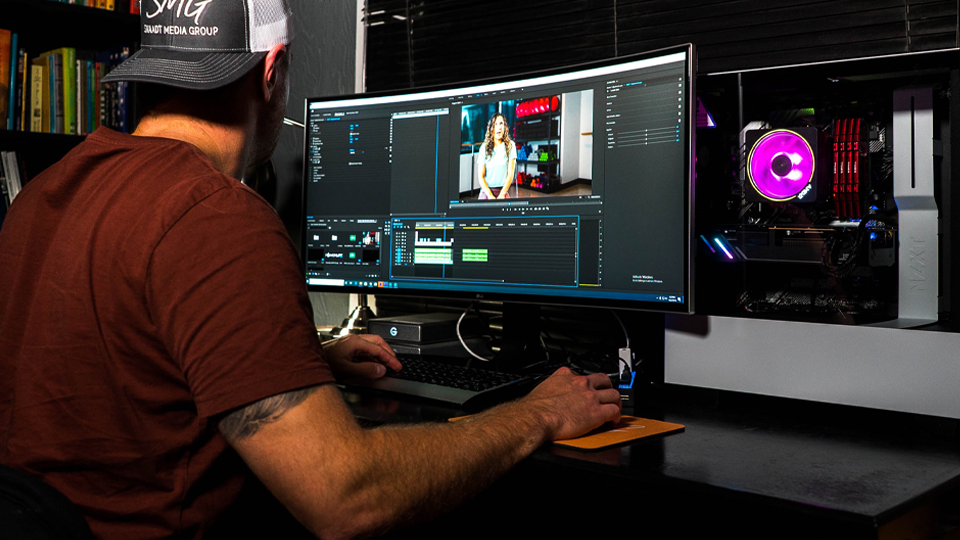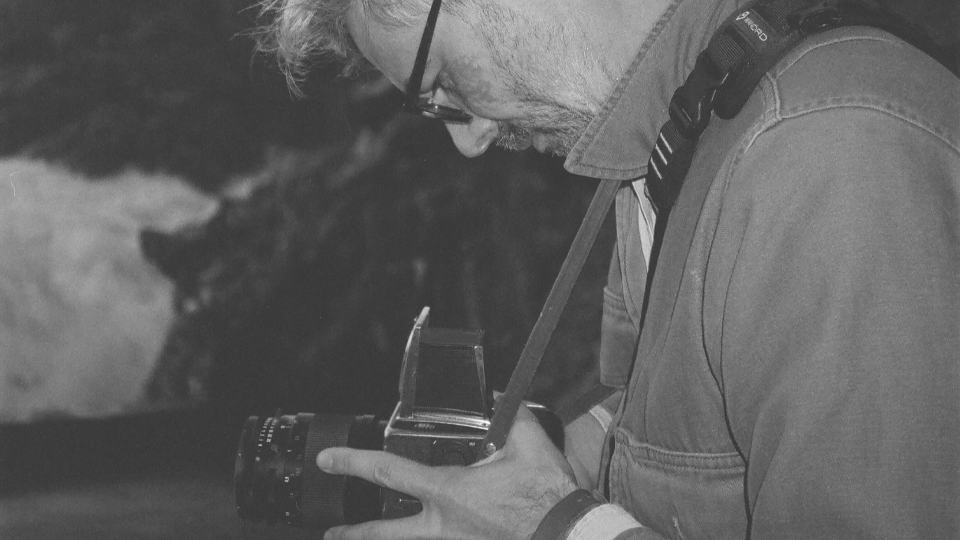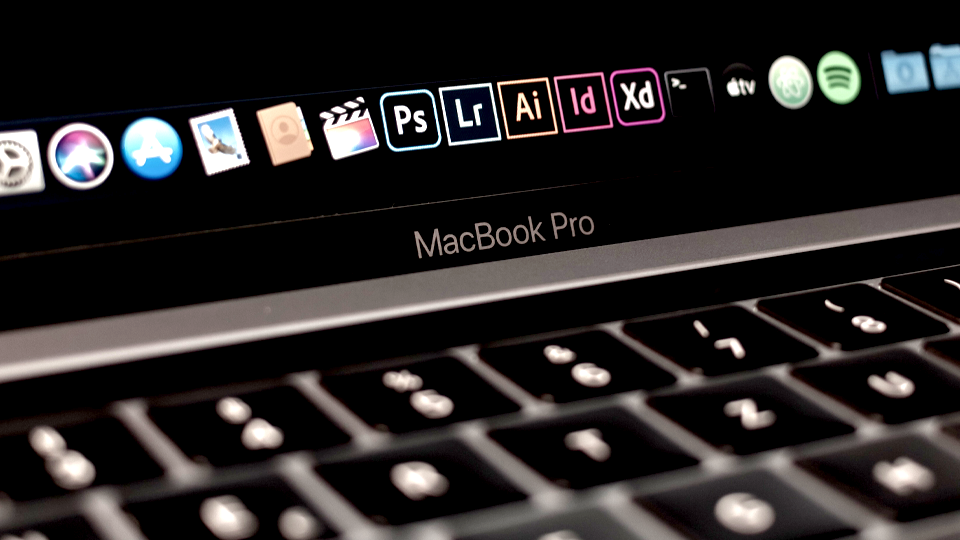Collaboration as necessity: Embracing multi-person teams to create better content

Samuel Taggart

8 Minutes

Why embracing multi-person teams creates better content
Some artforms require individuality. The sculptor and the marble, the painter and the canvas, the potter and the spinning wheel—these pursuits exist between one creative mind and the chosen medium… stone, paint, clay. Video content creation, however, necessitates a team effort, a piecing-together of separate parts and a blending of individual skill sets to collectively shape a finished product. From small or growing studios all the way to Hollywood-caliber companies, video production is rooted in collaboration.
Think of the longstanding teams of directors and editors, who, over time, seem to establish near-telepathic communication in the editing bay. Or the ultra-specialized effects groups that create computer-generated, three-dimensional monsters and creatures for new fantasy worlds. There’s a highly skilled magic that occurs during the editing process—the synthesis of many parts into one—that’s just better when the unique personalities, ideas and abilities of different colorists, editors, producers, etc. come together with a collective focus.
This is certainly not the first post ever written about teamwork in the workplace or collaboration between post production professionals. But its aim isn’t to just encourage you to buy a motivational poster and toss out a couple high-fives to your team members at the studio. Here, we want to teach you how to embrace productive collaboration between you and your creatives.
Source the right talent and let ‘em shine.
Different projects require different talent. Everyone has experienced a project where one shot might require complicated lighting to achieve a dramatic effect later emphasized in post and the next might rely heavily on superimposed graphics and VFX to bring a scene to life. This means, from project to project, a studio may need a variety of creatives to get the job done. Try not to look at this as a burden but an opportunity—to find new avenues of inspiration, to discover upcoming talent or to give someone new a chance to join the team and bring something original to the project.
Teach your team to fish.
With multiple editors, colorists, sound engineers and whoever else might be working on a cut, roundtable discussions are a necessity to promote autonomy (and successful rounds of editing) throughout the editing process. But not only to keep the project on track for the final deadline. Surrounding yourself with others for a brainstorming session can spark ideas or fresh perspectives to resolve a troublesome topic. Heck, you might even learn something new from one of the brilliant minds sitting in the room with you. Keep your meetings open to discussion and it will foster a sense of belonging between team members, a feeling that will end up energizing the post production process and invigorating the project as a whole.
Let go of your ego and learn something.
Listen to others and absorb their words—who knows what new ideas might change the course of the project or bring to light a better way to do things at the studio. Without ego there becomes a singular focus on the project, for the sake of the project. Editing is a team effort and commentary shouldn’t be taken personally, either. In a creative space like post production, the interchange of ideas between collaborators is what brings an idea to life in its best possible form. Let go of your ego and join the team uninhibited—if your goal is to create captivating visual entertainment, your belief in others needs to complement your belief in yourself.
Take chances with confidence
Consider cliff jumping: Would you take the leap if no one was looking? How about if 10 of your closest friends were there to cheer you on? The support of others is paramount to taking calculated risks. A supportive team will have a positive influence on your decision-making. If you present a shitty idea, your team will tell you and you’ll just move onto the next one. No problemo. If you share a great idea, you’ll celebrate the moment and implement it going forward. Lean on other creatives in your network and on your team to make the most of your post production process and, through this collaboration, find the confidence to get crazy, take risks and do something that completely shakes things up.
Find the right balance of alone time and team work.
Working remotely is becoming ever more common for post production teams. But there’s a difference between “working” from home and genuinely “collaborating” from afar. When it’s time to execute a round of edits, make those changes while working alone or kindly ask team members not to bother you for the afternoon. When it’s time to come back together, share your progress and show your peers how it addressed an issue mentioned in a previous note. Plug into your solo creative flow when the process allows and let the efforts of your team motivate you to move the project closer to its final form.
Collaboration is a necessity in the post production process. Everybody brings something different to the table, so let it be a team effort. Establish uniform processes to track your progress and over-communicate along the way. Delegate tasks where possible, take risks when it makes sense and trust each other to do good work. The rest will fall into place.



































